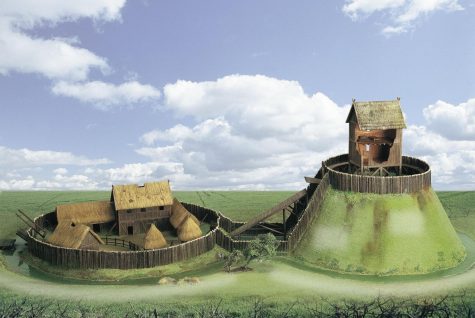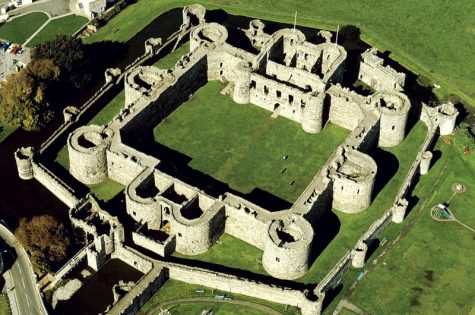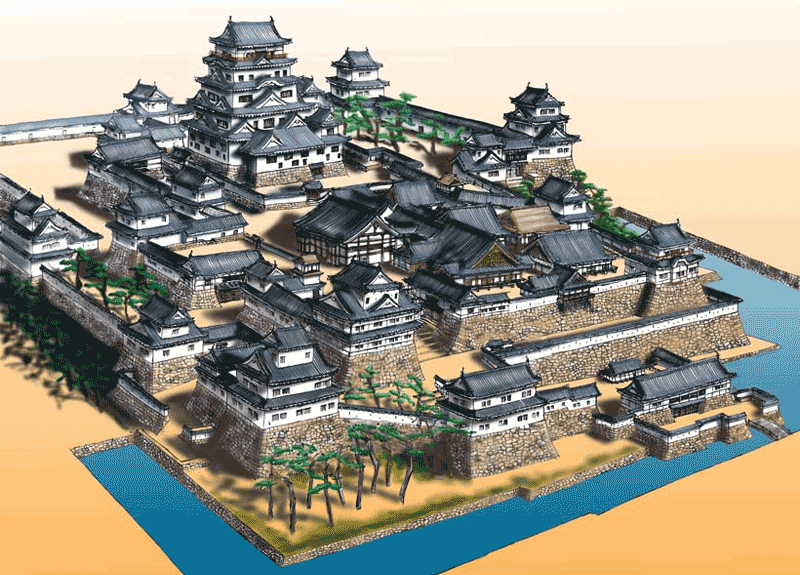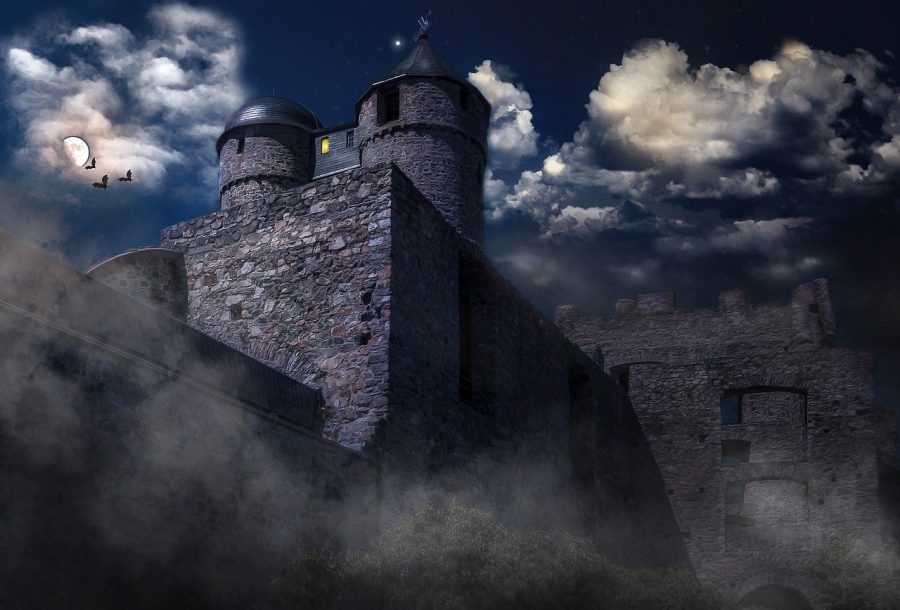Castles, Castles, Everywhere
There have been many internet debates and discussions about different types of Japanese and European castles, and which is better. This article will not divulge which is better. Rather, I will be stating different and similar qualities. There are also interesting characteristics of each and the ridiculous engineering of both, due to different circumstances. Both were used to great extent in their respective regions during the Middle Ages and (in the Japanese case) and beyond. This article will not discuss the “normal” dramafied and romanced ideas of castles that have cropped up over the years on mainstream media. This article is about the real castles that were made for actual war and brutal defenses, in which every aspect of the design was made to kill a would be attacker.


Let’s talk about European Castles first. The first iteration of the castle was a motte and bailey, in which a wood keep would be placed on a raised position overlooking a small courtyard surrounded by a moat. It was relatively cheap to make and gave defenders a good position to defend. However, it was vulnerable to fire and large armies. Next came the Norman stone keeps, which was a stone keep without a wall around it. Soon people started to make stone keeps with walls around it, and then the structures became more complex like concentric castles. Due to geopolitical events, castle advancement had to evolve very quickly in the constant wars of Europe, to keep up with new technology and arms races. The walls were mostly standing walls rather than retaining walls. Retaining walls were not stood up by themselves and not backed by any earth behind it. Retaining walls are normally built to support the earthwork behind it, and the earth on the back side of the wall is just much higher than the other side. There are design features like oddly shaped stairs which are made to trip people not familiar with the castle. Staircases spiraled counter clockwise- so that a right handed opponent from the bottom would have a wall in his way while from the top the defender has a clear freedom of motion.

In Japanese castles. the base was mostly made out of carefully sized and shaped stone and formed a sloping incline which made the walls strong. While the tops were made with wood. However, there was an ingenious process in which they build, with no nails but pressure on each wooden piece. Most Japanese castles were retaining walls. Retaining walls are also good, because they were almost impossible to break down as there is still a 90 degree hill an attacker would have to scale. There were also many arrow slits and projectile holes like European castles but made of wood. These castles are more prone to fire than their European counterparts. One flaw with a retaining wall is that it provides the structures behind it with no cover from enemy siege equipment. With a standing wall, the structure is below and covered by the wall adding protection from giant flying boulders. There are few to none which have standing walls in Japanese castles. One of the reasons for this is because retaining walls, and the construction methods, also have to deal with earthquakes. European castles are not built to withstand earthquakes and would fail in Japan, toppling over like stone Jenga. That is why wooden castles for the tops were preferred. This is why the Japanese were master woodworkers, while the Europeans were master stonemasons.
Both are the homes of great and powerful people, and both are unique in their own ways, for different reasons and circumstances. We cannot assume that one is better than the other in terms of capability. What we can judge for both is that they were correct and effective in the specific context and situations these people had to go through. In the cast of both castles, the answer would be yes.

